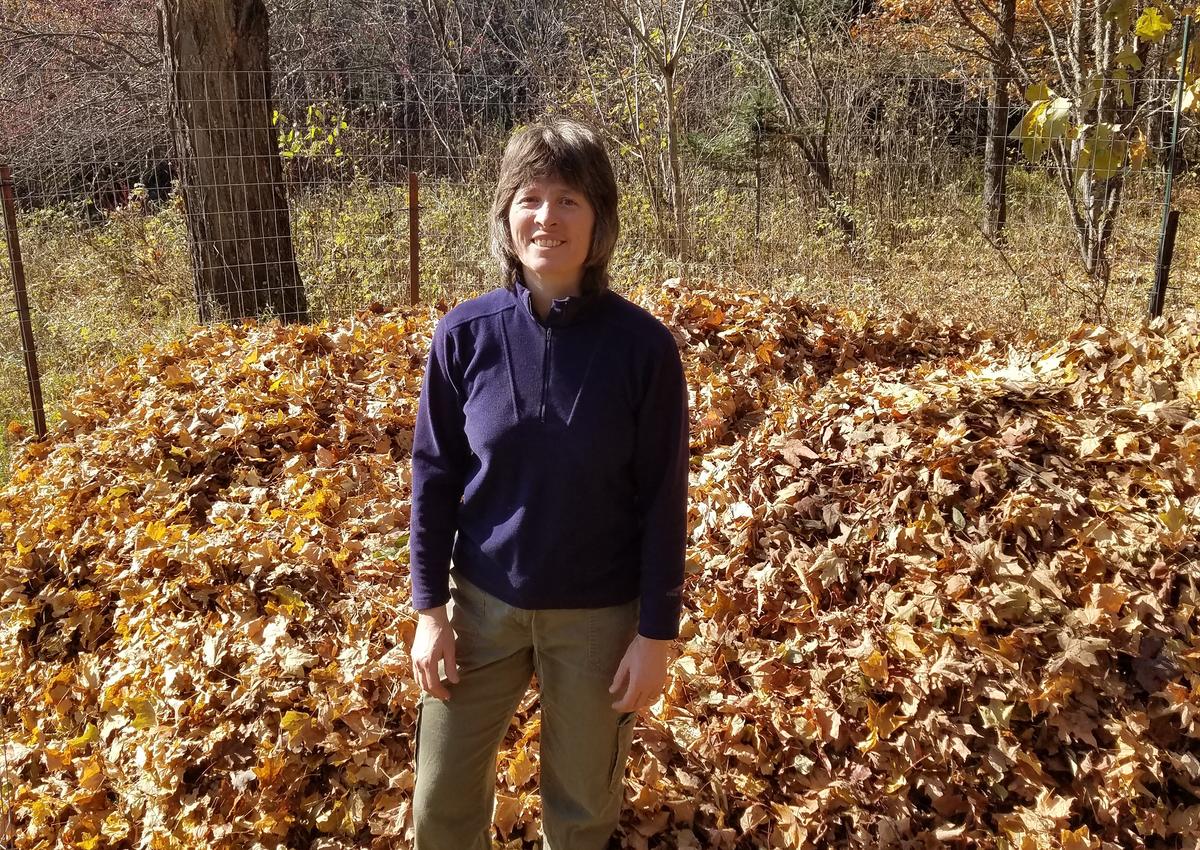Not so very long ago, streams were often straightened or culverted to make way for development or other human needs. Back then, little was understood about the impacts to the water quality or wildlife dependent upon the habitat.
Today, there’s much greater interest in not only the habitat and water quality, but also in saving money. NRRI Aquatic Ecology Program Leader, Valerie Brady, is excited about a new project getting underway to understand the effectiveness of stream restorations.
“It can cost hundreds of thousands of dollars to put meander bends into an overly-straight stream channel, so we want to go back in and take a hard look – and yes, sometimes that’s painful – to see how much the restoration helped,” said Brady. “Is there room for improvement? Can the restoration withstand the larger and stronger storms we get now? Are we impacting groundwater exchange through the stream bottom?”
Part of NRRI’s mission is to help natural resource managers get the data, information and tools they need to best manage Minnesota’s resources. This collaborative stream project with the Minnesota Department of Natural Resources and the South St. Louis County Soil and Water Conservation District will provide some of that needed information. It is funded by the Minnesota Environment and Natural Resources Trust Fund.
Keene Creek and Miller Creek in Duluth are targeted for restoration in 2022. Last summer, Brady and her crew collected samples of pre-restoration water quality, fish presence and fish habitat quality, aquatic insect presence and abundance, and how that stream section processes nutrients. Then, in 2024, when the streams have recovered from the restoration work, they’ll collect samples again to compare results. Four to five other streams that have already had restorations done on them are also being identified to be part of the study.
Integrated Research
“Streams don’t exist by themselves. They are set in a landscape,” said Brady. “So we ‘water’ people collaborate with folks who work on the ‘land’ side of things.”
Her team of biologists and aquatic scientists work with forest and plant ecologists and bird experts. They work with hydrogeologists and geomorphologists across the University system to understand how landscape and geology impact water flow.
And increasingly, Brady and her team rely on the efficiencies of remote sensing tools like satellite or drone imagery to understand the human footprint near the streams and in their watershed. Techniques like studying the environmental DNA left behind by an organism as it moves through its environment are also increasingly used. It allows scientists to more efficiently understand what’s happening without having to worry about, for example, missing species of fish on the exact day of sampling.
Wet boots
Brady is celebrating a 21-year career at NRRI in 2022. She came to the Institute in 2001 from the U.S. Environmental Protection Agency where she had completed a National Research Council post-doctoral position. Her expertise is in using aquatic macroinvertebrates – flies, bugs, clams, snails, worms and more that live in water environments – as indicators of the condition, or “health,” of freshwater ecosystems. In addition to streams, Brady works in wetlands, lake shorelines and Great Lakes coastal zones. She also studies aquatic invasive species, a growing and vexing problem in Minnesota lakes and streams.
Central Support
Brady manages some five to eight projects at a time, requiring teams of scientists and a steady supply of student workers to get the work done. She relies on Jane Dzuck, NRRI human resources specialist, to help with the hiring process, which really ramps up during the spring and summer to prepare for field season. Her team also does small projects for outside groups who need fish and invertebrate expertise. Julie Christopherson, NRRI administrative specialist, gets the contracts in place so Brady’s team can help these groups.
At Home in the Garden
Spring planting starts in early February – yes, in Duluth – for Brady as she and her husband prepare for the gardening season. They start several hundred onion and leek seeds under grow lights, adding celery in March, then peppers, tomatoes, broccoli and cauliflower in April.
“We grow a large vegetable garden and have a flock of laying hens. My husband loves growing giant pumpkins that can grow to 400 to 600 pounds,” she said. “So, of course, spring through fall I spend every spare moment in the garden, mostly weeding, but I love doing it and seeing how much food we can grow.”
